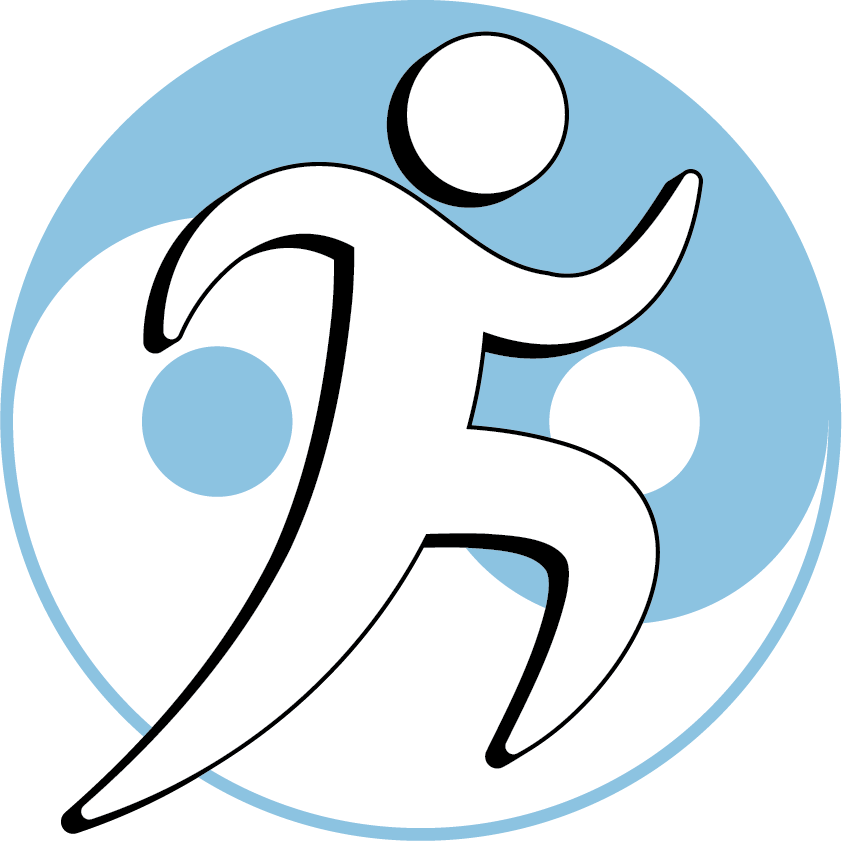| Class Content | Notes |
|---|---|
| 4-1 Overview of Headaches and Pain | View Notes |
| 4-2 Taking a History of Headaches and Pain | View Notes |
| 4-3 Physical Exam of Headaches and Pain | View Notes |
| 4-4 Scanning, Head & Neurologic Exam Form | View Notes |
| 4-4A Cranial Nerves Assessment Form | View Notes |
| 4-5 Diagnosis and Treatment of Primary and Musculo-Skeletal Headaches | View Notes |
| Cervical and Thoracic Spine Overview: Anatomy and Jing-luo | View Notes |
| Cervical and Thoracic Spine: Serious and Urgent Conditions | View Notes |
| Cervical and Thoracic Spine: General Approach to Diagnosis and Pattern Identification | View Notes |
| Cervical and Thoracic Spine History | View Notes |
| Cervical and Thoracic Spine Physical Examination | View Notes |
| Cervical Exam Overview FLOW CHART | View Notes |
| Cervical AROM Flexion FLOW CHART | View Notes |
| Cervical AROM Extension FLOW CHART | View Notes |
| Cervical AROM Sidebend Rotation FLOW CHART | View Notes |
| Spinal Radicular Exam FLOW CHART | View Notes |
| Upper Motor Neuron Exam FLOW CHART | View Notes |
| Anatomic Norms and Documentation of Cervical Exam | View Notes |
| Anatomic Norms and Documentation of Thoracic Active Range-of-Motion | View Notes |
| Cervical and Thoracic Spine Treatment | View Notes |
| Table 4: Spinal Diagnosis and Pattern Identification | View Notes |
| Central Nervous System Hypersensitization | View Notes |
| TABLE 9-4-T. Segmental Neuro-modulation: Electro-acupuncture | View Notes |
| Shoulder Physical Exam | View Notes |
| Shoulder Exam Overview FLOW CHART | View Notes |
| Shoulder AROM Abduction FLOW CHART | View Notes |
| Shoulder PROM Abduction FLOW CHART | View Notes |
| Shoulder Joint Stability Testing FLOW CHART | View Notes |
| Manual Strength Testing Rotator Cuff FLOW CHART | View Notes |
| Anatomic Norms and Documentation of Shoulder Exam | View Notes |
| Diagnosis and Treatment of Shoulder Hypermobility, Capsular and Degenerative Joint Diseases | View Notes |
| Diagnosis and Treatment of Acromio- and Sterno-Clavicular Pain and Injuries | View Notes |
| Diagnosis and Treatment of Costal and Intercostal Pain and Injuries | View Notes |
| TMJ & Orofacial Maxillary History, Examination, Diagnosis and Treatment | View Notes |
| Sample Cervical SOAP Note | View Notes |
| Sample Neck and Shoulder Treatment Plan | View Notes |
| Sample Work Comp PR 2 (Secondary Treating Physician's Progress Report) | View Notes |
| Module 2 Quiz | View Notes |
Login
